Pubs are more than just places to enjoy a drink—they are cultural hubs that reflect the history, traditions, and social norms of their communities. From the cozy corners of traditional British pubs to the lively beer gardens of Germany, pub life culture offers a unique window into local customs and shared experiences. Whether you’re sipping a pint in an Irish pub or exploring the vibrant atmosphere of an American tavern, the allure of pub life culture lies in its ability to bring people together over drinks and stories.
Key Takeaways
– Pub Style emphasizes cozy decor, warm ambiance, and a focus on community, offering a unique cultural experience rooted in tradition.
– Pub Etiquette requires respect for local customs, such as tipping standards and noise levels, ensuring a pleasant environment for all.
– Pubs serve as hubs for social interaction, hosting events like live music and sports screenings to foster a strong sense of community.
– American Pubs adapt the global pub concept, blending regional flavors and themes while maintaining a focus on craft beverages and casual dining.
– Establishments like Dufferin Arms highlight the enduring appeal of pubs as spaces for storytelling, connection, and cultural preservation.
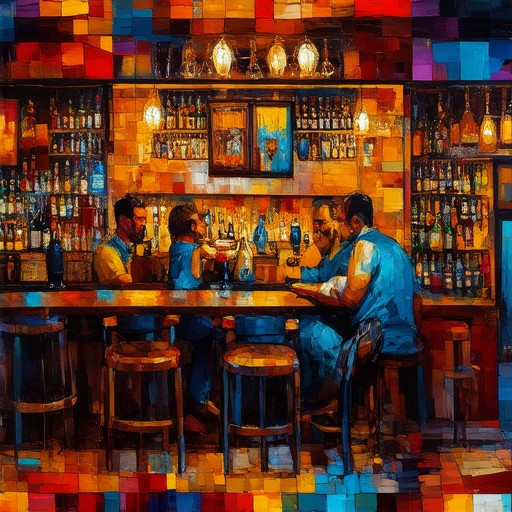
Pub Culture Explained
Pub culture refers to the social, historical, and communal aspects associated with pubs and their role in society. Pubs, which are traditional bars or taverns, have evolved over centuries, becoming integral to local cultures worldwide. Here’s a breakdown of the key elements that define pub culture:
- Social Gatherings :
Pubs serve as hubs for social interaction, often hosting events like pub quizzes, live music, and themed nights. These gatherings foster a sense of community, making pubs a common space for catching up with friends or meeting new people. - Historical Roots :
Pub culture is deeply rooted in history, particularly in regions with rich brewing traditions like the UK and Ireland. Pubs have historically been centers of social activity, often reflecting local heritage and serving as gathering spots for workers after long days. - Diverse Offerings :
Beyond drinks, pubs offer a variety of experiences. In some countries, they may focus on sports viewing, while others host live music or literary events. This diversity highlights the adaptability of pub culture to different cultural contexts. - Economic Impact :
Pubs contribute significantly to local economies, supporting small businesses and creating jobs. They also play a role in tourism, offering visitors a chance to experience authentic local culture. - Literary and Media Portrayal :
Pubs have appeared prominently in literature and media, often symbolizing community or providing settings for storytelling. Their portrayal can reflect broader societal values and interests. - Sustainability Efforts :
Modern pubs are increasingly adopting eco-friendly practices, such as reducing waste and using sustainable materials, aligning with contemporary concerns about environmental responsibility. - Technological Integration :
Despite the rise of home entertainment, pubs remain popular due to the shared social experience they offer. Emerging technologies like virtual reality are exploring new ways to enhance pub experiences, blending tradition with innovation.
In essence, pub culture is a dynamic blend of tradition and modernity, reflecting the evolving needs and values of society while preserving the timeless appeal of gathering places.
Pub Culture vs. Bar Culture
Pub culture and bar culture are distinct social phenomena, each with its own unique characteristics, settings, and ambiance. While both revolve around the consumption of alcohol, they differ significantly in their offerings, atmosphere, and cultural significance.
Setting and Atmosphere
- Pubs: Traditional pubs often have a cozy, rustic vibe, with wooden interiors, dim lighting, and a focus on a local, community-driven atmosphere. They are typically found in villages or urban neighborhoods, often serving as gathering spots for locals.
- Bars: Modern bars tend to have a more contemporary, stylish appearance, with sleek designs, vibrant lighting, and a focus on creating a lively, energetic environment. They are often located in city centers or popular entertainment districts.
Drink Offerings
- Pubs: Pubs traditionally specialize in beer and cider, often featuring traditional cask ale and regional brews. While some pubs do offer a limited selection of spirits, the emphasis is usually on beer.
- Bars: Bars offer a wider variety of drinks, including cocktails, wine, and a range of international and premium spirits. Many bars have skilled bartenders who create elaborate and innovative cocktails.
Food and Dining
- Pubs: Many pubs provide a menu of hearty, traditional pub fare, such as fish and chips, burgers, and pies. Some pubs even have dedicated dining areas where guests can enjoy a full meal.
- Bars: While some bars do offer food, it is often limited and may not be a primary focus. Many bars cater to those looking for a night of drinking and socializing without the distraction of a full dining experience.
Cultural Significance
- Pubs: Pubs are deeply rooted in local history and culture, often serving as hubs for social gatherings, sports events, and community meetings. They reflect the traditions and values of the neighborhoods they reside in.
- Bars: Bars often appeal to a younger, more cosmopolitan crowd and are associated with trendy, urban lifestyles. They may host events like live music, trivia nights, or themed parties to attract diverse crowds.
When to Choose Each
- If you’re in the mood for a traditional beer and a casual, community-oriented experience, a pub is likely your best choice.
- If you’re seeking a variety of drinks, a sophisticated cocktail, or a vibrant nightlife, a bar offers a more dynamic and modern setting.
In summary, while both pub culture and bar culture involve the enjoyment of alcohol, they differ in their focus, atmosphere, and cultural role. Understanding these differences can help you choose the right venue for your next outing!
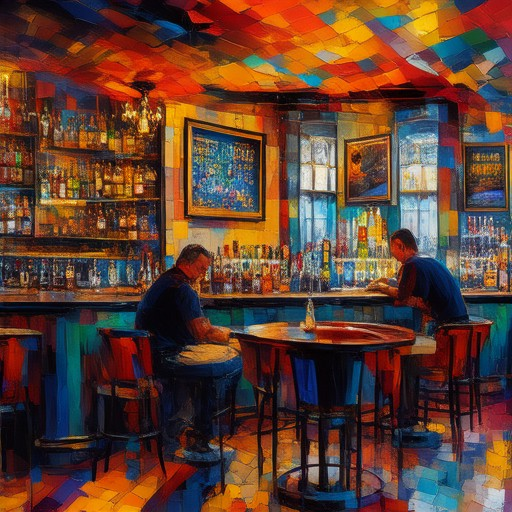
The Pub Life in Ireland
Ireland’s pub culture is a vibrant and integral part of its social fabric, deeply rooted in history and tradition. Pubs in Ireland serve as more than just places to drink; they are hubs of community interaction, cultural exchange, and historical preservation.
Historical Context
The origins of Ireland’s pub culture date back centuries, with the first licensed pubs appearing in the 17th century. These establishments quickly became central to daily life, often serving as gathering spots for locals and travelers alike. Over time, pubs evolved into spaces that reflected the social and cultural identity of their communities.
Types of Pubs
- Traditional Bars: Characterized by their cozy interiors and old-world ambiance, these pubs often feature dark wood paneling, tiled floors, and vintage decor. They are perfect for experiencing Ireland’s rich heritage.
- Neighborhood Pubs: These are the heartbeats of local communities, offering a warm and welcoming atmosphere where everyone knows each other. They are ideal for casual gatherings and lively conversations.
- Modern Pubs: Blending traditional elements with contemporary styles, modern pubs often offer a diverse range of drinks, including craft beers and innovative cocktails. They cater to a younger, cosmopolitan crowd.
Cultural Significance
Pubs in Ireland are not just buildings; they are living entities that tell stories of the past. Many pubs have historical significance, such as being sites of famous literary salons or political meetings. They preserve Ireland’s cultural legacy and continue to play a vital role in shaping its social landscape.
Modern Pub Life
Today, Ireland’s pub scene remains thriving, with new establishments popping up alongside classic venues. Pubs now host live music sessions, trivia nights, and themed events, making them popular destinations for both locals and tourists. The pub experience in Ireland is as much about the atmosphere as it is about the conversation and camaraderie shared among patrons.
Dufferin Arms, along with other notable pub-related blogs and websites, celebrate this rich tradition by exploring the unique stories and social significance of pubs. We invite you to explore our collection of articles that delve into the history, culture, and traditions of these iconic establishments.
Explore Dufferin Arms

What Does “Pub Style” Mean?
Pub style refers to the design, atmosphere, and cultural significance associated with traditional pubs. It encompasses the physical and experiential elements that define a pub, often emphasizing comfort, community, and a sense of tradition.
Key Elements of Pub Style
- Decor: Traditional pubs feature elements like exposed brick walls, wooden beams, and vintage signage. These features create a cozy and inviting environment.
- Am Ambiance: Pub style is known for its warm and welcoming atmosphere, often enhanced by dim lighting, soft music, or live performances.
- Menu Offerings: Pubs typically serve classic pub fare such as burgers, fish and chips, and hearty stews. Some pubs also offer a selection of artisanal beers, wines, and cocktails.
- Community Focus: Pubs are hubs for social interaction, often hosting events like trivia nights, live music, or sports screenings. This fosters a strong sense of community among regular patrons.
The Social Significance
Pub style goes beyond just a place to eat or drink. It represents a cultural institution that preserves history and brings people together. Many pubs have been around for decades, serving as gathering spots for locals and visitors alike.
Dufferin Arms, for instance, embodies this pub style with its dedication to celebrating the heritage and traditions of pub culture. By offering a space where stories, laughter, and connections happen, pubs like Dufferin Arms contribute to the social fabric of their communities.
Whether you’re enjoying a casual meal or participating in a community event, the pub style experience offers a unique blend of comfort, nostalgia, and connection that continues to resonate with people of all ages.
Learn more about Dufferin Arms and their pub style offerings .
Pub Etiquette: A Guide to Proper Behavior in Public Houses
Pub etiquette encompasses a set of guidelines designed to ensure a pleasant and respectful experience for everyone in a public house. Here are some key principles to keep in mind:
1. Respecting Turn Order
In many pubs, especially those with a bar area, it’s customary to wait for your turn to order rather than jumping in front of the bar. Everyone knows when their turn will come, so patience is key.
2. Noise Levels
While pubs are meant for socializing, excessive noise, especially late at night, can disturb neighbors. Keep conversations moderate and avoid loud noises in shared spaces.
3. Tipping Customs
Tipping is generally appreciated in pubs worldwide. The standard tip varies by location, so checking local customs is advisable before deciding.
4. No Drinking and Driving
Drinking alcohol and then driving is illegal and dangerous. Always arrange for a designated driver or use public transport if planning to consume alcohol.
5. Dress Code
Pubs often have a dress code, typically casual but sometimes requiring more effort. Wearing appropriate attire shows respect for the establishment and other patrons.
6. Respect Staff and Patrons
Bartenders and waitstaff work diligently to provide excellent service. Being polite and courteous is part of pub etiquette, as is refraining from rude behavior towards others.
7. Smoking Regulations
Designated smoking areas are usually available, and smoking is prohibited elsewhere. Check the pub’s policy and respect these rules to maintain a clean environment.
8. Age Restrictions
Most pubs enforce age restrictions, often requiring guests to be 18 or older. Carry identification if you appear under 25 to avoid issues.
9. Personal Space
Respect others’ personal space by not standing too close or touching someone else’s drink without permission. This ensures everyone feels comfortable.
10. Paying Promptly
Leaving a prompt payment is a courtesy to staff and helps manage the pub’s operations efficiently.
11. Local Laws
Familiarize yourself with local laws and regulations, as pub etiquette can vary by country or region. Adhering to these rules is essential for a trouble-free visit.
By adhering to these guidelines, you contribute to a welcoming atmosphere for everyone at the pub. Remember, pub culture is about community and respect, so always strive to embody these values during your visit.
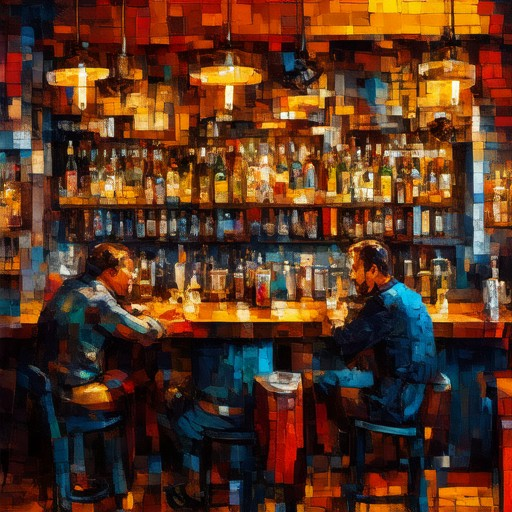
What is the American Version of a Pub?
In the United States, the concept of a pub is present but adapts to local preferences and regulations. While the term “pub” may not be as commonly used as in Ireland or the UK, the essence of a pub—a place to gather, socialize, and enjoy beverages—can still be found across various establishments.
Terminology and Variations
- The term “pub” is often used interchangeably with “bar,” “tavern,” “neighborhood bar,” “bar and grill,” “pub,” “dive,” and “tavern.”
- Regional variations exist, with different names reflecting the establishment’s atmosphere or focus, such as “brewpub” or “wine bar.”
Atmosphere and Offerings
- American pubs typically offer a variety of beverages, including craft beers, cocktails, and sometimes wine.
- Some pubs specialize in particular types of alcohol or themes, such as sports bars or themed pubs inspired by different cultures or historical periods.
- Many pubs also serve food, ranging from casual fare to gourmet dishes, depending on the establishment’s goals and target audience.
Examples and Competitors
- Establishments like The Dufferin Arms exemplify the blend of history and community that many pubs strive to capture, offering a unique setting for patrons to relax and connect.
- Competition among bars and pubs is fierce, with many places differentiating themselves through ambiance, menu offerings, and entertainment options.
Cultural Impact and Trends
- The rise of craft beer culture in the U.S. has influenced the evolution of pubs, with many now focusing on offering a diverse selection of craft beverages.
- Pubs in the U.S. also play a role in local culture, often hosting events, live music, and community gatherings.
Conclusion
While the American version of a pub may not carry the exact same connotations as in Ireland or the UK, it thrives in its own right, adapting to the unique preferences and legal environment of the country. Whether it’s a cozy neighborhood bar or a sophisticated brewpub, American pubs continue to serve as vibrant social spaces where connections are made and memories are created.

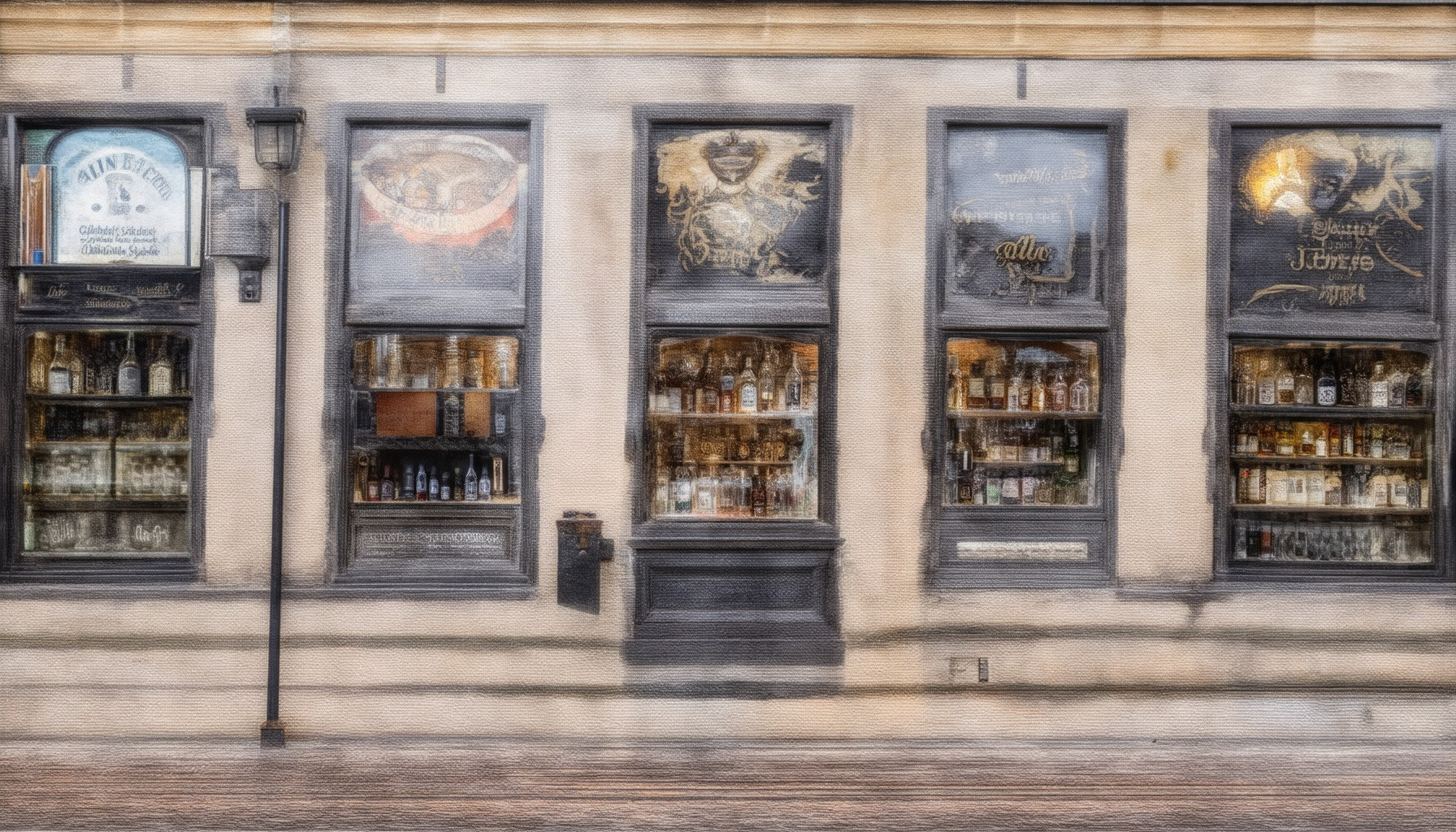
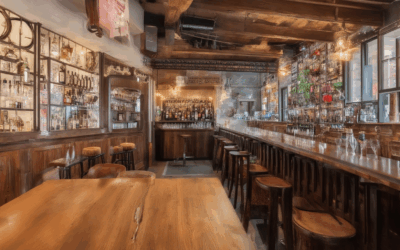
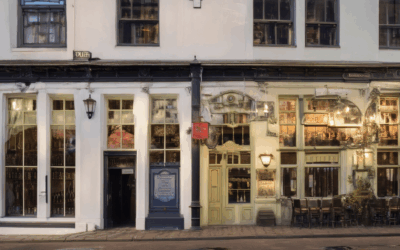
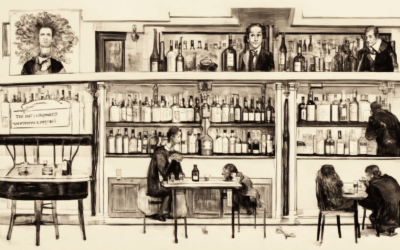
0 Comments